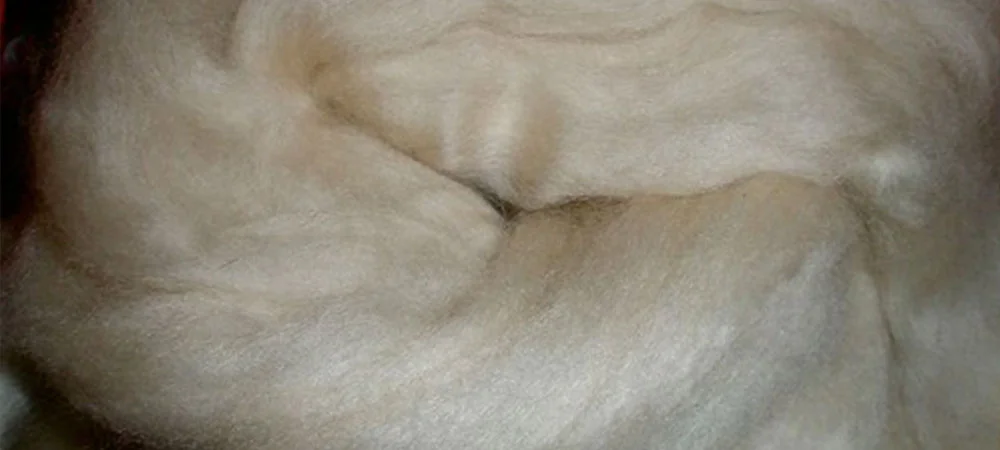How is cashmere Fibre Made and Why Is It So Sought After?
How is cashmere Fibre Made and Why Is It So Sought After?
Blog Article
Recognizing the Different Kinds of Cashmere a Natural Fiber and Their One-of-a-kind Benefits

The Origins of Cashmere: A Historic Introduction
While the lavish touch of cashmere remains to charm contemporary customers, its beginnings trace back to the extreme, cold climates of Mongolia and the Himalayas. For centuries, the indigenous peoples of these regions have actually been increasing Capra Hircus goats, the prime resource of cashmere wool. These goats, resistant versus the extreme winter seasons, expanded a great undercoat to survive, which later on came to be referred to as cashmere. The name itself pays tribute to Kashmir, an area in India where the wool was at first processed. Much of the early cashmere profession course was promoted by the Silk Road, linking Asia with the Center East and Europe. Despite its global spread, the finest cashmere is still thought to originate from the initial regions of Mongolia and the Mountain Ranges.

The Production Process: From Goat to Garment
Shearing a Capra Hircus goat notes the creation of the detailed cashmere manufacturing process. The resultant raw cashmere is after that washed to get rid of contaminations such as dust, veggie, and oil matter.
The tidy fiber is subjected to dyeing, spinning, and weaving, or knitting, to transform it right into a fabric. Complex procedures like high quality control checks and completing processes comply with, making sure completion product preserves the extravagant criterion anticipated of cashmere. This painstaking process, from goat to garment, justifies the high cost connected to cashmere items, making them an icon of deluxe and refinement.
The Various Kinds Of Cashmere: An In-depth Analysis

The Distinct Benefits of Cashmere: Comfort and Sustainability
Relocating from the selection of cashmere types to the benefits they provide, comfort and sustainability stand out prominently. Cashmere, a natural fiber, is renowned for its exceptional gentleness, offering a level of convenience that artificial fibers can not match.
When it concerns sustainability, cashmere is renewable and biodegradable, as it's harvested from cashmere goats that regrow their layers yearly. what is cashmere. Unlike synthetic fibers which can take centuries to disintegrate, cashmere's effect on the atmosphere is minimal. This mix of comfort and sustainability makes cashmere an advantageous choice for aware customers

Taking Care Of Your Cashmere: Maintenance and Conservation Tips
While cashmere is undoubtedly a lavish and sustainable selection, it needs specific like keep its quality and view publisher site expand its lifespan. To begin, cashmere should be hand cleaned making use of chilly water and a light detergent. Stay clear of wringing the garment or turning as it can harm the fibers. Instead, carefully eject excess water and lay it flat on a towel to completely dry. Cashmere products need to be stored in a great and dry area, away from direct sunlight and dampness. Making use of moth repellents can protect these garments from prospective damages. Last but not least, it's recommended to prevent hanging cashmere to protect against stretching. Instead, layer and shop them effectively to keep their form and quality in time.
Buying Cashmere: Recognizing Its Worth and Well Worth
Although cashmere might at first appear like a costly investment, its long-term worth and worth come to be noticeable when you consider its impressive top qualities. Understood for its unmatched soft qualities and heat, cashmere is a premium natural fiber that outperforms various other products. Its high demand and limited supply add to its high rate, however its sturdiness ensures it lasts for years, offering superb value for cash. Cashmere items are timeless, often coming to helpful site be antiques passed down through generations. what is cashmere. In addition, its all-natural insulating residential or commercial properties provide heat without the bulk of artificial fibers. Spending in cashmere, therefore, is not practically existing style trends, yet about accepting a sustainable, resilient, and elegant way of living.
Final Thought
In recap, the kind of cashmere one selects, be it Mongolian, Chinese, or Italian, is determined by specific preferences for warmth, budget plan, sustainability, and deluxe. The worth of cashmere expands past its rate, with comfort and longevity including to its well worth. Correct treatment and maintenance can guarantee its conservation. Comprehending the origins, production process, and distinct find benefits of various kinds of cashmere can lead customers in their investment in this lavish all-natural fiber.
Whether it's the remarkable warmth of Mongolian cashmere, the affordability of Chinese cashmere, or the eco-conscious manufacturing of Italian cashmere, there's a tale to be discovered behind each fiber kind. Cashmere, an all-natural fiber, is renowned for its unmatched gentleness, giving a degree of convenience that synthetic fibers can't match.When it comes to sustainability, cashmere is sustainable and naturally degradable, as it's gathered from cashmere goats that regrow their coats each year. Understood for its unequaled softness and heat, cashmere is a costs natural fiber that exceeds other products. Comprehending the origins, production procedure, and unique benefits of various types of cashmere can guide consumers in their financial investment in this lavish natural fiber.
Report this page